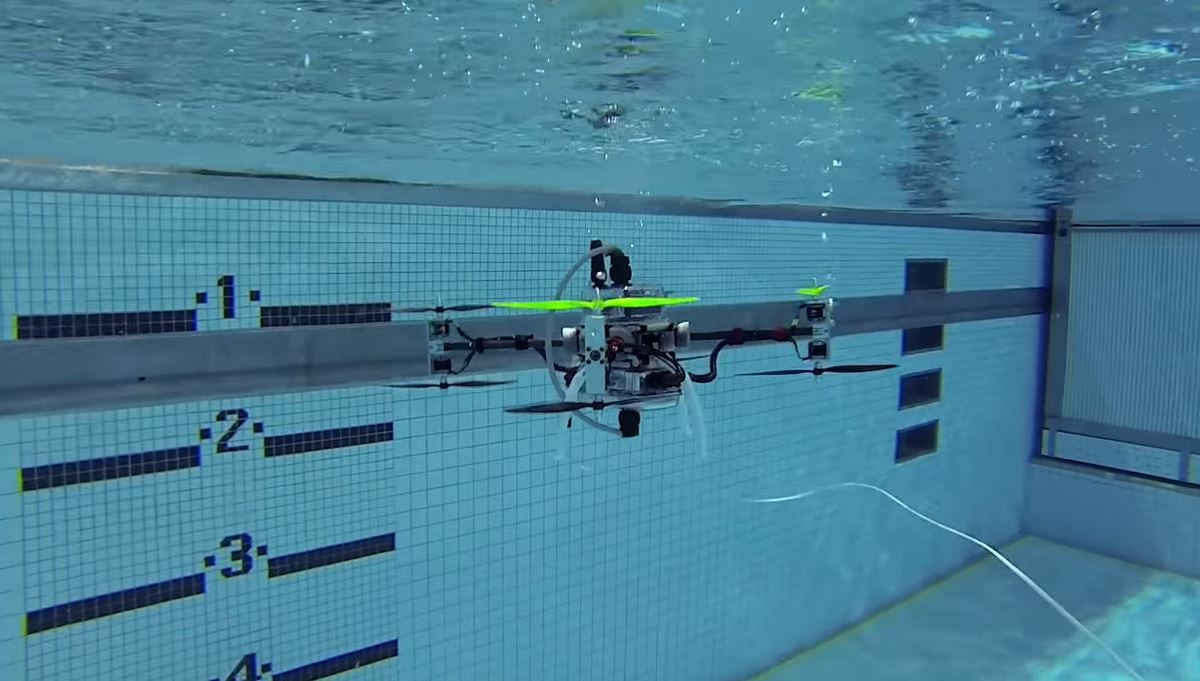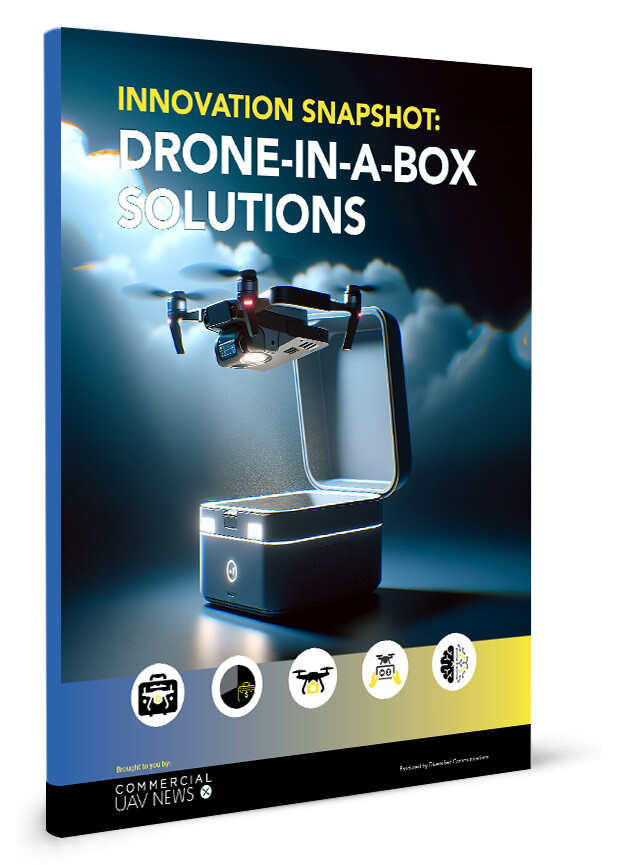The Naviator, a part submarine, part aircraft drone developed at Rutgers School of Engineering - a FAA UAS testing facility - and funded by the Office of Naval Research (ONR), conducted the first aerial and underwater bridge inspection on the Delaware Memorial Bridge Twin Spans.
Last time we talked about the Naviator it was on its 5th generation prototype and in testing. It’s come a long way since Javier Diez, the brain behind this idea and a School of Engineering professor, initially proposed the concept to his students back in 2013. After proving how efficient, reliable and revolutionary the drone is, Rutgers School of Engineering worked together with the Delaware River Bay Authority (DRBA), who provides vital transportation links between New Jersey and Delaware, to perform the Delaware Memorial Bridge Twin Spans’ inspection through a collaborative effort with Rutgers University-New Brunswick (RU-NB) and SubUAS LLC.
With Rutgers Center for Advanced Infrastructure and Transportation (CAIT) supporting Naviator’s development, CAIT’s pilot Michael O’Connell acting as the Pilot in Command for the bridge demonstration, and additional support from numerous DRBA bridge and ferry employees, the drone managed to successfully perform the inspection.
“The Naviator drone’s ability to repeatedly transition from water to air in less than two seconds has opened up novel markets that will find these capabilities advantageous,” said Mark Contarino, vice president of technology, SubUAS LLC. “Our long-term partnership with Rutgers, DRBA, and our sponsor ONR, continues to provide invaluable insight into future enhancements and applications of this amazing technology.”
This is only a glimpse of the drone’s capabilities, as Diez hopes to have a bigger impact on the commercial space by opening new doors to performing other missions, such as quickly mapping 100 square miles underwater with a few meter resolution. He thinks there is so much focus on the data/sensor part that we tend to forget there’s a great deal the platform itself can do - hence why he pursued this dream, despite many people telling him it was impossible.
“As these recent tests demonstrated, what previously might require a helicopter, boat, and underwater equipment, the Naviator was able to complete as a single deployment with fewer complications and in less time,” said Diez.




.png.small.400x400.png)










Comments